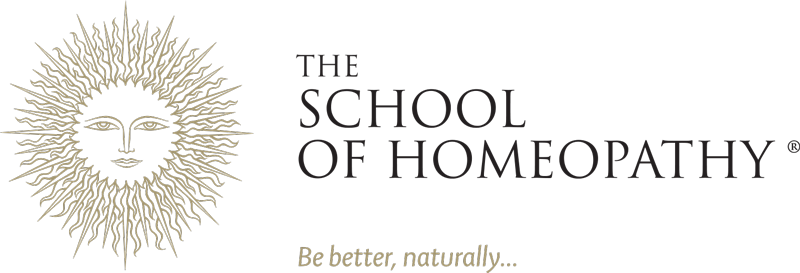Primarily associated with acute and sudden onset of painful symptoms with cramping of muscles and neurological effects.
1. Key Characteristics
Magnesia phosphorica is often indicated for individuals who experience intense, excruciating pain. The onset of symptoms is typically sudden and may follow exposure to cold, dry winds or a periodical event. Magnesia phosphorica individuals may exhibit a nervous demeanour.
2. Physical Symptoms
Magnesia phosphorica is commonly used for painful conditions associated with sudden onset, such a menstrual cramps, muscle cramps in general or colic. It is also employed for spasmodic and neurological earaches and headaches. Magnesia phosphorica can be beneficial for symptoms related to exposure to cold, wind or excessive exercise.
3. Emotional and Mental Aspects
Magnesia phosphorica individuals may experience mental depression and anxiety associated with the pain.
4. Aggravations and Ameliorations
Symptoms associated with Magnesia phosphorica may worsen in the cold especially when uncovering. They may feel better in a warm bath or from doubling up or from being rubbed.
5. Modalities
Symptoms may exhibit a specific pattern, such as sudden onset after exposure to cold and dry winds or following excessive exercise. Heat and pressure ameliorate the symptoms.
Key rubrics
1. Sudden onset of symptoms after exposure to cold winds or excessive exercise.
2. Intense cramping pain.
3. Colic and menstrual cramps.
4. Nervous appearance and a sense of gloom associated with the pain.
5. Aggravation at night and in cold air, amelioration with warmth and pressure.
Please note that this is a general overview and it is important to consult a qualified homeopathic practitioner for an individualised assessment and appropriate remedy selection. They will consider the complete symptom picture, medical history and other factors to provide the most suitable treatment approach.

